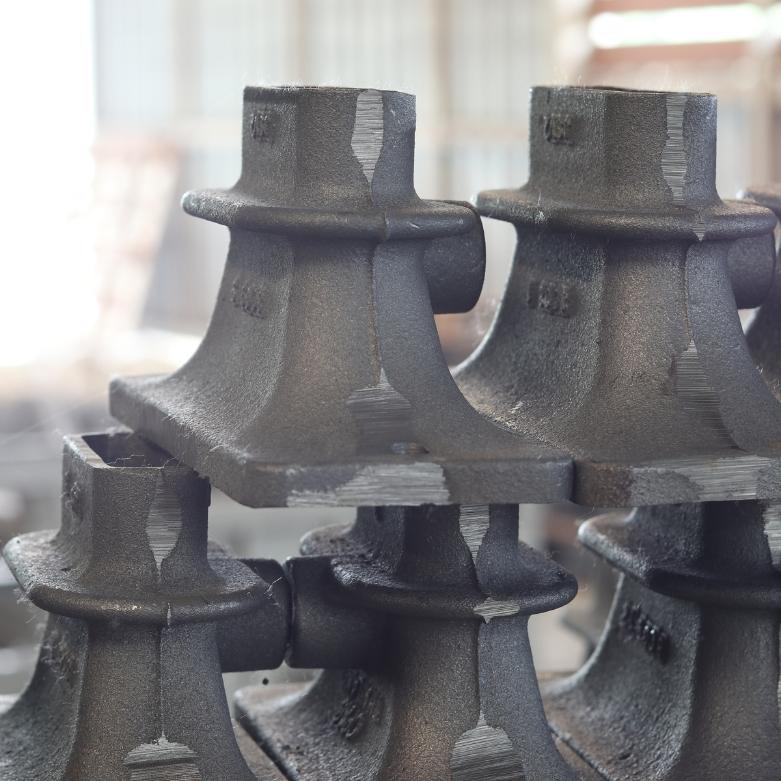Gray iron casting, also known as grey cast iron, is a popular and versatile material used in a wide range of industrial applications. Its exceptional properties, including excellent castability, wear resistance, and good machinability, make it a top choice for various engineering components and parts. In this comprehensive guide, we will delve into the world of gray iron casting, exploring its properties, production processes, applications, and advantages.
Properties of Gray Iron:
Gray iron is known for its unique microstructure, characterized by graphite flakes within a matrix of ferrite and pearlite. This microstructure imparts several advantageous properties:
-
High Strength: Gray iron offers good tensile strength and compressive strength, making it suitable for load-bearing components.
-
Exceptional Castability: It has excellent fluidity when molten, allowing intricate shapes and details to be cast accurately.
-
Wear Resistance: Gray iron exhibits excellent wear resistance, making it ideal for components subjected to abrasive environments.
-
Damping Capacity: It has outstanding damping capacity, which helps reduce vibrations and noise in machinery.
Production Process:
Gray iron casting involves several steps, including:
-
Melting: Iron, along with scrap and additives, is melted in a furnace at temperatures around 2,600°F (1,430°C).
-
Casting: The molten iron is poured into molds, where it solidifies to the desired shape.
-
Cooling and Solidification: Gray iron cools and solidifies relatively quickly.
-
Shakeout: Once the casting is solid, it is removed from the mold, and excess sand is shaken off.
-
Finishing: The cast part may undergo additional processes such as machining, shot blasting, or heat treatment to achieve the required specifications.
Applications:
The gray iron casting finds extensive use in various industries, including:
-
Automotive: Engine blocks, brake rotors, and transmission cases.
-
Construction: Pipe fittings, manhole covers, and drainage components.
-
Agriculture: Plow components, tractor parts, and irrigation equipment.
-
Machinery: Pulleys, gears, and pump housings.
-
Railways: Brake shoes, couplers, and railroad track components.
-
Household: Cookware, stoves, and decorative elements.
Advantages of Gray Iron Casting:
-
Cost-Effective: Gray iron is relatively inexpensive compared to other materials with similar properties.
-
Versatility: Its adaptability to various casting methods and applications makes it highly versatile.
-
Dimensional Stability: Gray iron maintains its shape and dimensions under varying conditions.
-
Excellent Machinability: It is easy to machine and can achieve precise tolerances.
-
Recyclable: Gray iron is highly recyclable, reducing its environmental impact.
Conclusion:
Gray iron casting is a reliable and cost-effective choice for a wide range of industrial applications. Its unique properties, including excellent castability, strength, and wear resistance, make it a valuable material in the manufacturing industry. Understanding the production process and the advantages of gray iron can help engineers and manufacturers make informed decisions when selecting materials for their projects, ensuring that they benefit from the numerous advantages this versatile material has to offer.


